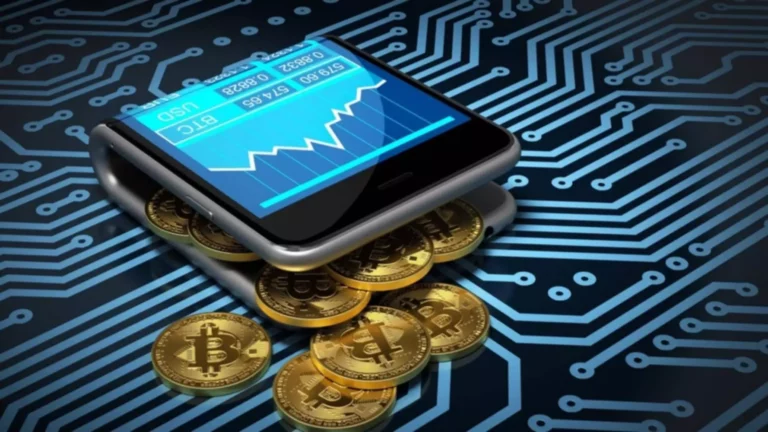Ever tried juggling multiple crypto wallets on your phone? Yeah, me too. It’s a mess. Something about managing SPL tokens on Solana made me rethink the whole mobile wallet experience. Seriously, handling those tokens felt like walking on thin ice—one wrong step and your assets could vanish into the void. But then, I stumbled upon Orca swaps integrated within a slick mobile wallet, and wow, it changed the game.
Short and sweet: SPL tokens are Solana’s native assets, and they move lightning-fast with ridiculously low fees. That’s a big deal if you’re tired of paying crazy gas fees on Ethereum. Now, Orca swaps offer a seamless way to trade these tokens without hopping on some clunky desktop DEX. I initially thought, “Okay, cool, but is this really better than the usual?” Actually, wait—let me rephrase that. It’s not just better; it’s unexpectedly convenient, especially on mobile.
Here’s the thing. Mobile wallets have traditionally been clunky, slow, and frankly, a bit sketchy security-wise. But with the rise of Solana’s ecosystem, wallets that support SPL tokens and integrate Orca’s swapping tech are changing that narrative. My gut said, “This is the future of mobile crypto.” And I’m inclined to stick with that feeling, even if I’m not 100% sure it’s perfect yet.
Oh, and by the way, if you’re into exploring this yourself, you might want to check out solflare. I’ve been using it recently. It’s like the Swiss Army knife for Solana tokens and NFTs on mobile. Not perfect, but very very important in making the whole experience less painful.

Why SPL Tokens Matter More Than You Think
At first glance, SPL tokens seem just like any other crypto tokens. But dig a little deeper, and you realize they’re the backbone of Solana’s lightning-fast ecosystem. They’re standardized, efficient, and designed specifically for Solana’s architecture. This means transactions happen in milliseconds, with fees that are almost laughable compared to Ethereum’s network.
Something felt off about the way people often overlook SPL tokens, assuming all tokens are equal. Nope. The speed and cheap fees directly impact how you interact with dApps, how you trade, and even how you stash NFTs. The more I used them, the more I saw that they’re not just “another token type”—they’re the future of scalable blockchain assets.
Now, when you combine that with a mobile wallet that supports these tokens natively, the entire crypto experience shifts gears. It’s no longer about tedious wait times or wallet syncing nightmares; it’s about fluid, almost frictionless asset management. That’s a huge leap forward.
Orca Swaps: The Underestimated Hero of Solana’s DeFi
Okay, so I’ll admit, I was skeptical about Orca swaps at first. The DEX scene is crowded, and many platforms promise a lot but deliver little. But Orca’s approach is refreshingly simple and user-friendly, especially on mobile. The swap interface feels intuitive, the slippage controls are decent, and the transaction speeds? Fast enough to make you forget you’re even swapping tokens.
On one hand, some may argue that Orca lacks the depth of liquidity pools like Raydium or Serum. Though actually, the trade-off for simplicity and speed on mobile might be worth it for everyday users. After a few trades, I realized that Orca fits perfectly for quick swaps without overcomplicating things. Plus, the fees are very very reasonable, which makes a big difference when you’re swapping small amounts.
It’s funny how usability can make or break a product. Orca’s mobile integration felt like a breath of fresh air after fiddling with more complex platforms. And this ties back to wallets—having an integrated swap inside your mobile wallet, like the one from solflare, means you don’t have to jump between apps or expose your keys to multiple platforms. That’s security and convenience rolled into one.
The Mobile Wallet Experience: Why It Still Matters
Here’s what bugs me about many crypto wallets: they act like mini desktop apps shoved into your phone. Clunky menus, slow refreshes, and confusing UX. But the wallets that embrace Solana’s speed and support SPL tokens properly start to feel like actual mobile-first apps. They’re responsive, sleek, and you don’t have to be a crypto geek to use them.
My instinct said, “If this is where crypto is headed, we’re finally gonna see mass adoption.” Still, I’ve noticed some rough edges—transaction history isn’t always clear, and sometimes token sync lags a bit. But those are minor annoyances compared to the overall smoothness.
Plus, wallets like solflare are stepping up with NFT support, which is huge for us collectors. Being able to view, send, or receive NFTs right from your phone without extra hassle feels like a small miracle. Really?
What’s Next? The Road Ahead for SPL Tokens and Mobile Swaps
Honestly, there’s a lot to be excited about. The combination of SPL tokens, Orca swaps, and mobile wallets seems poised to push Solana’s ecosystem into everyday use. But I can’t help but wonder: will other blockchains catch up, or will Solana keep its edge?
It’s also worth noting that while the tech is improving fast, user education still lags behind. Many folks don’t realize how much easier it can be to swap tokens on mobile these days. And wallet security? That’s always a wild card. I’m biased, but I think we’ll see more development around multi-factor auth and decentralized key management soon.
At the end of the day, the best mobile wallets for SPL tokens are those that keep pushing boundaries without overwhelming users. And yeah, while solflare isn’t perfect, it’s one of the frontrunners making that vision real. Something tells me this journey is just beginning.






